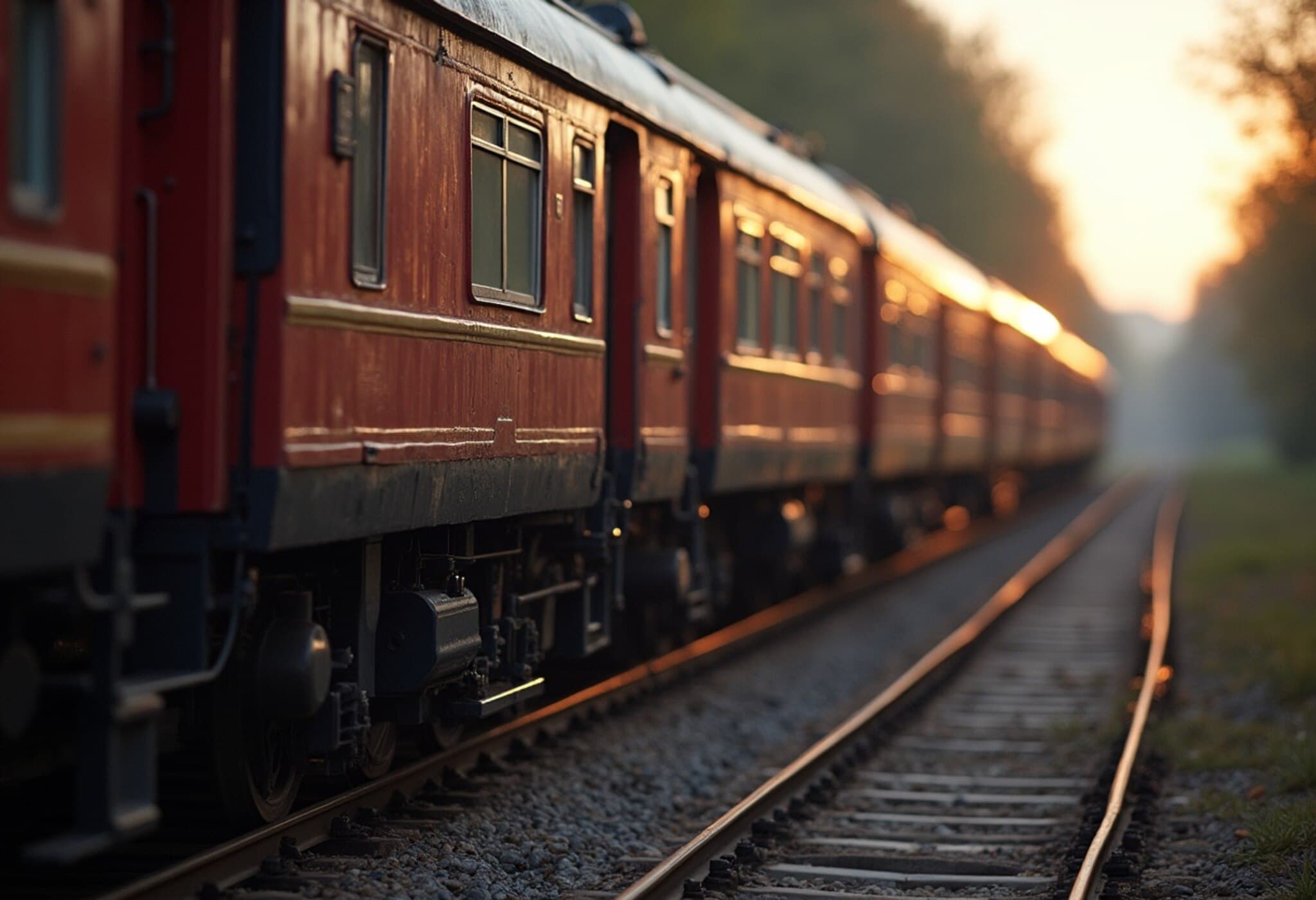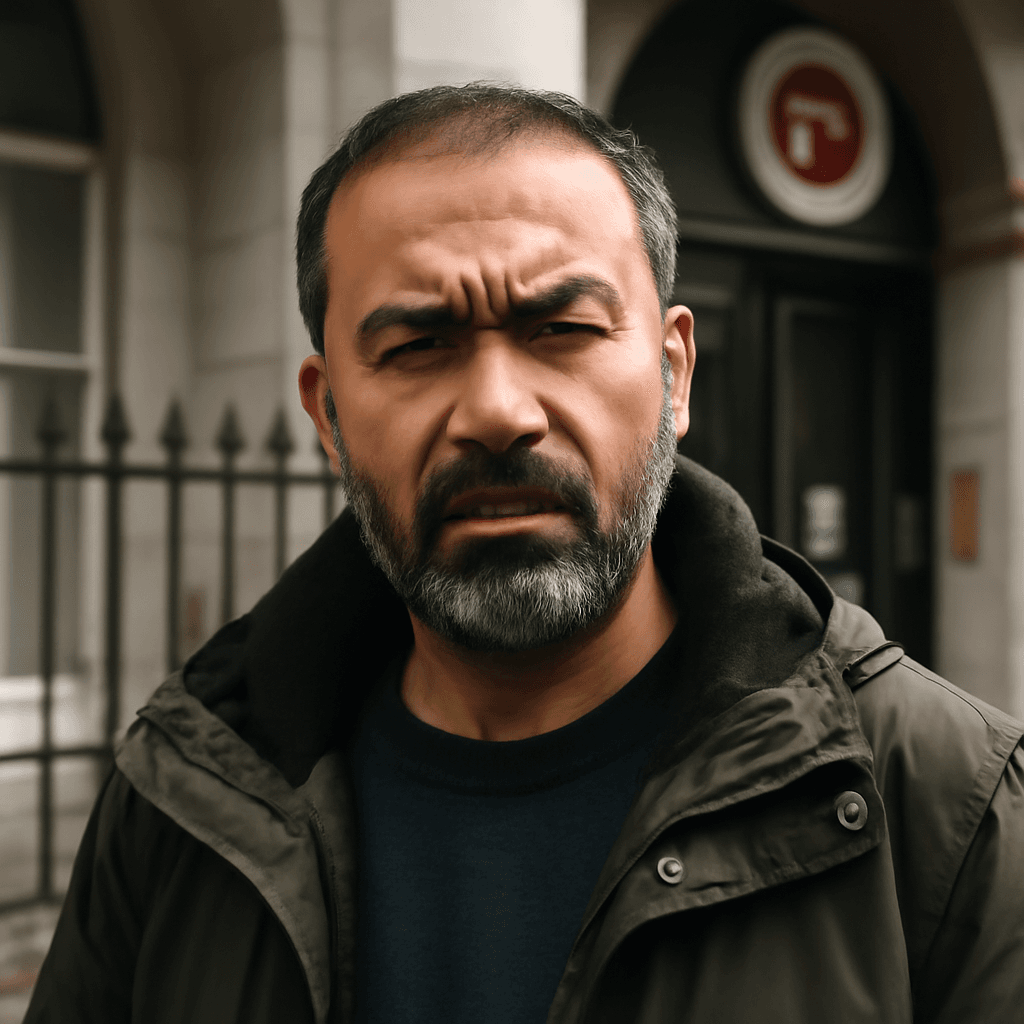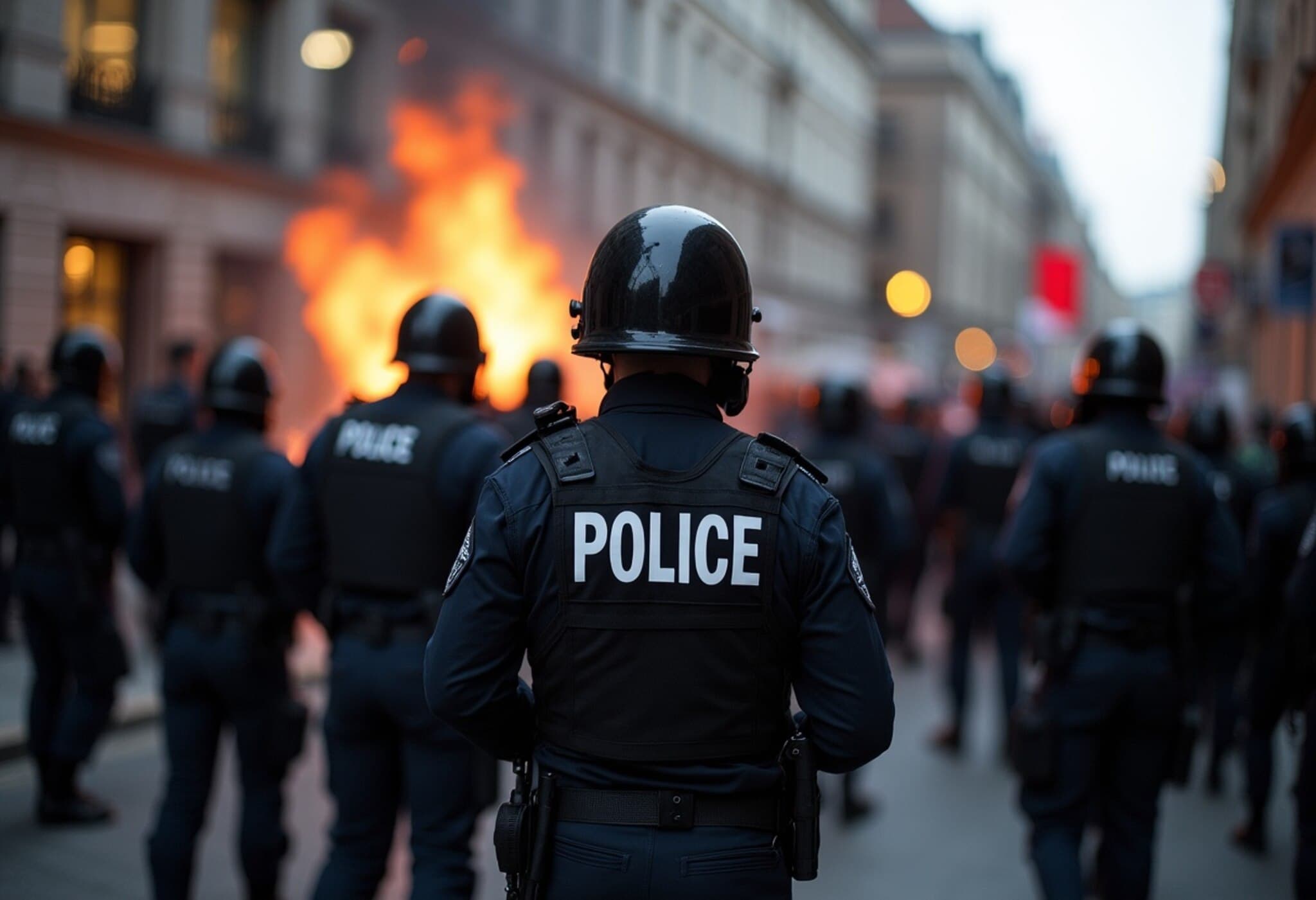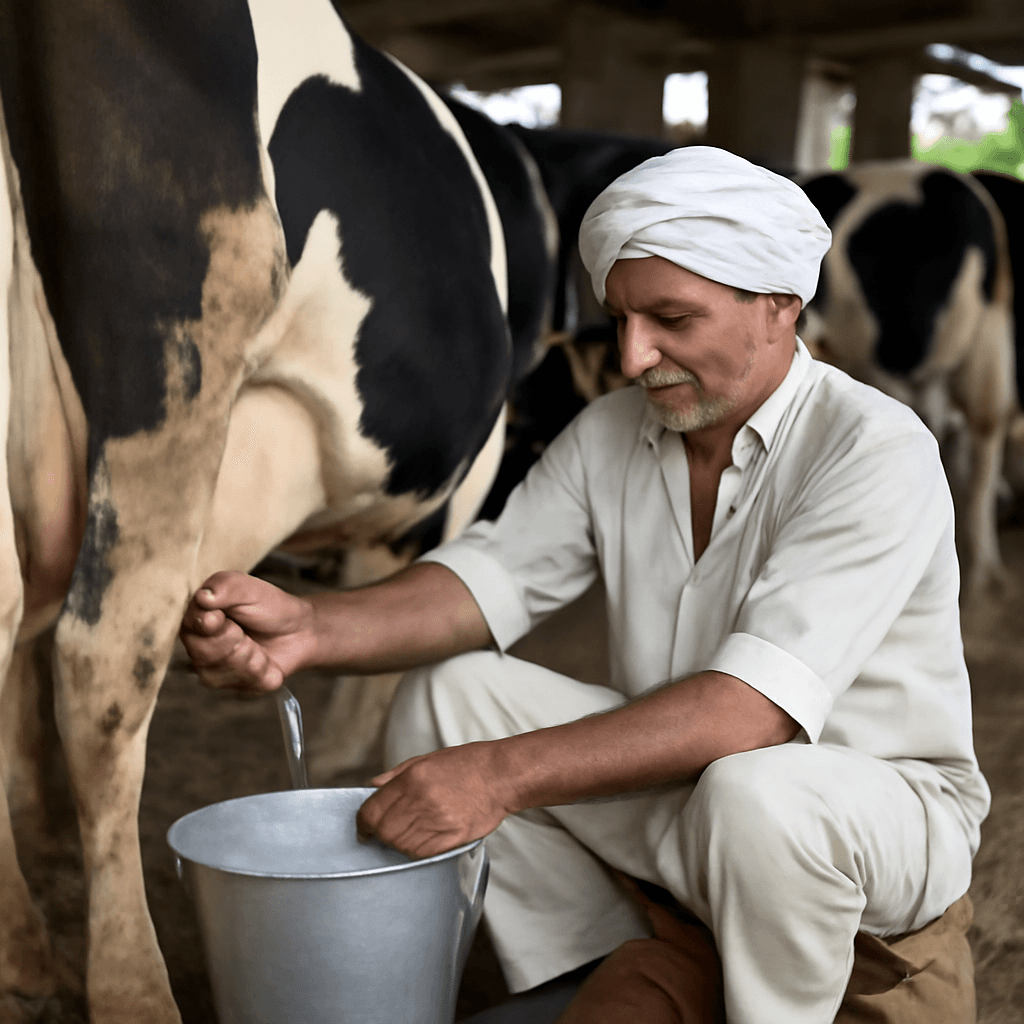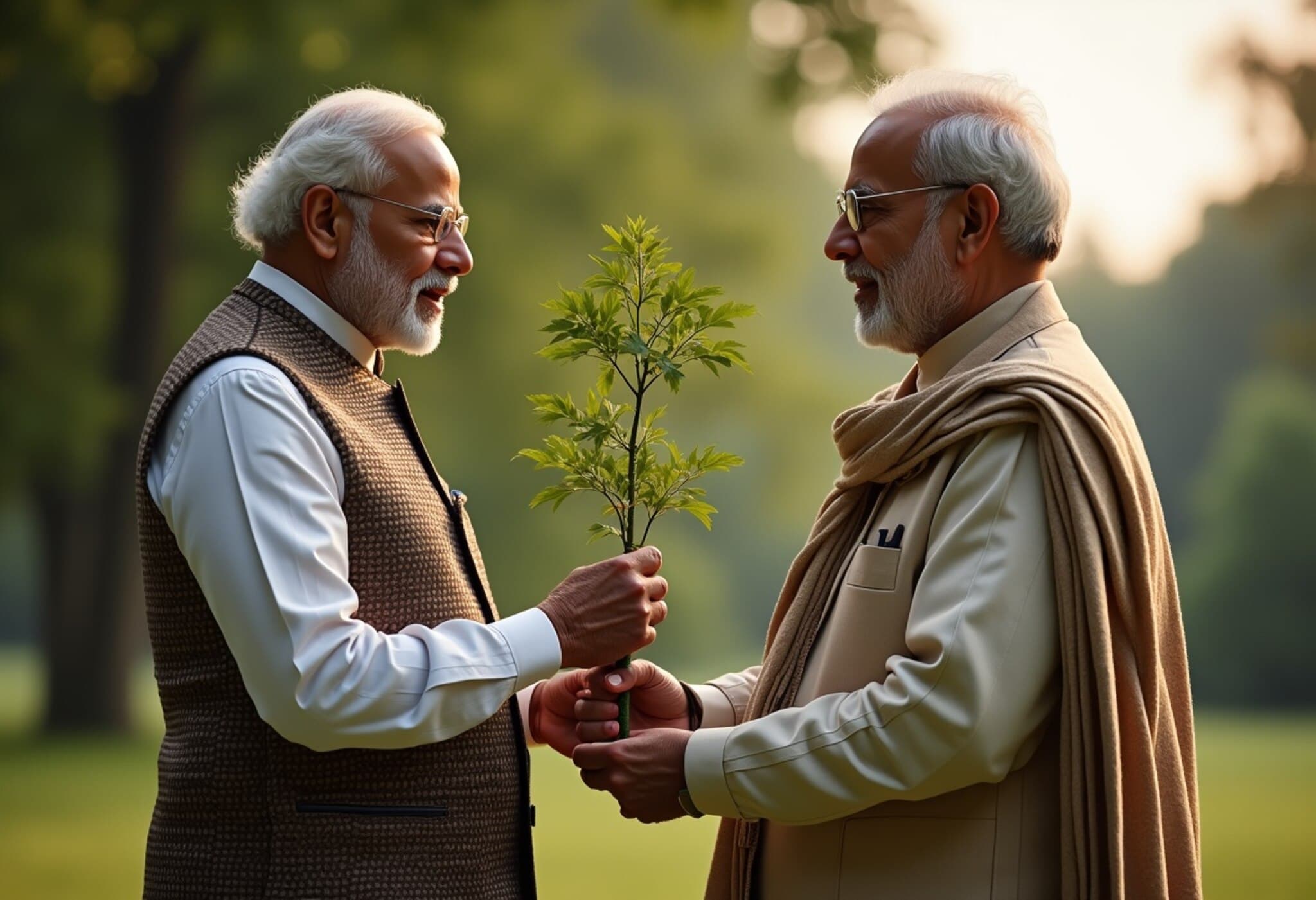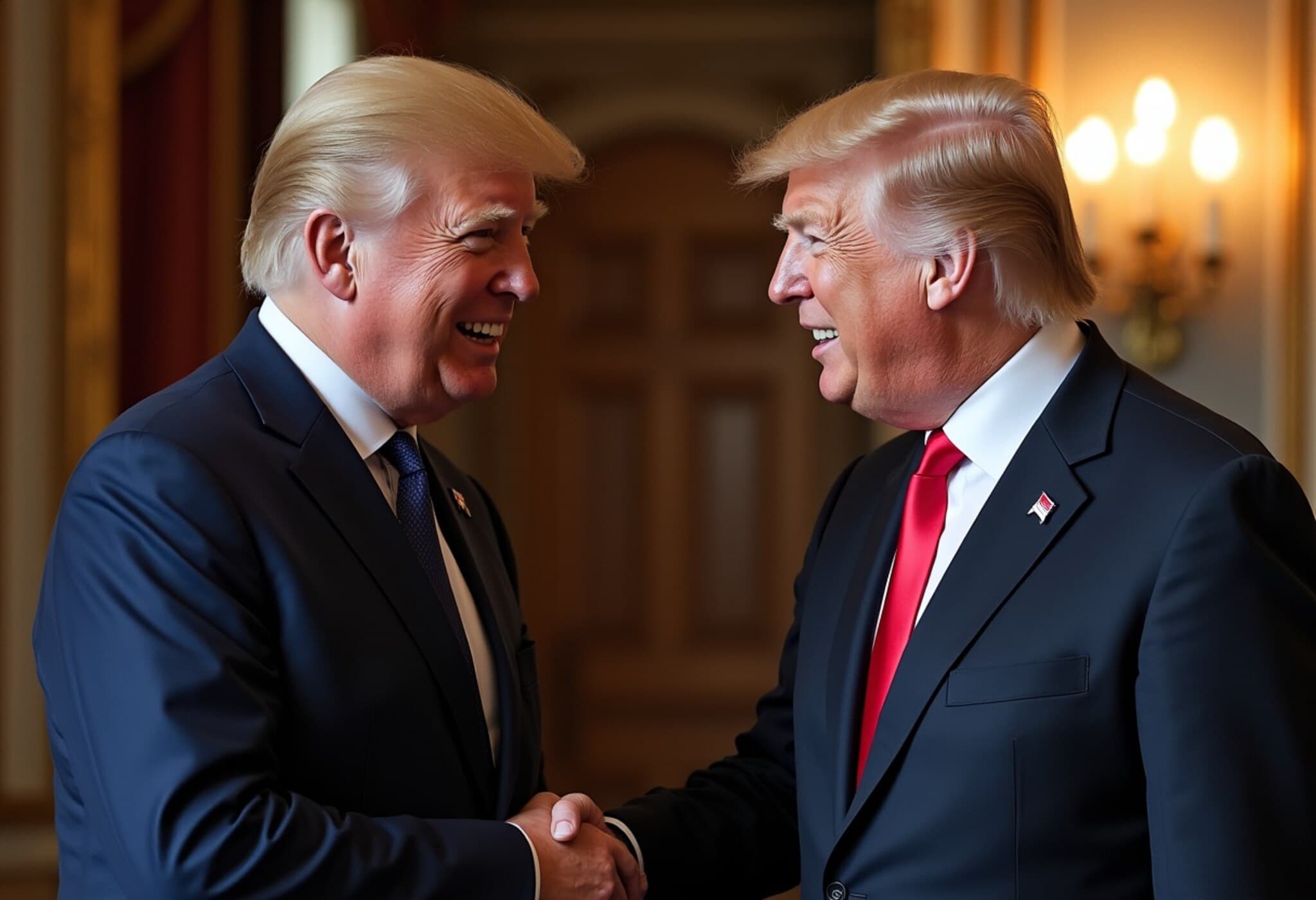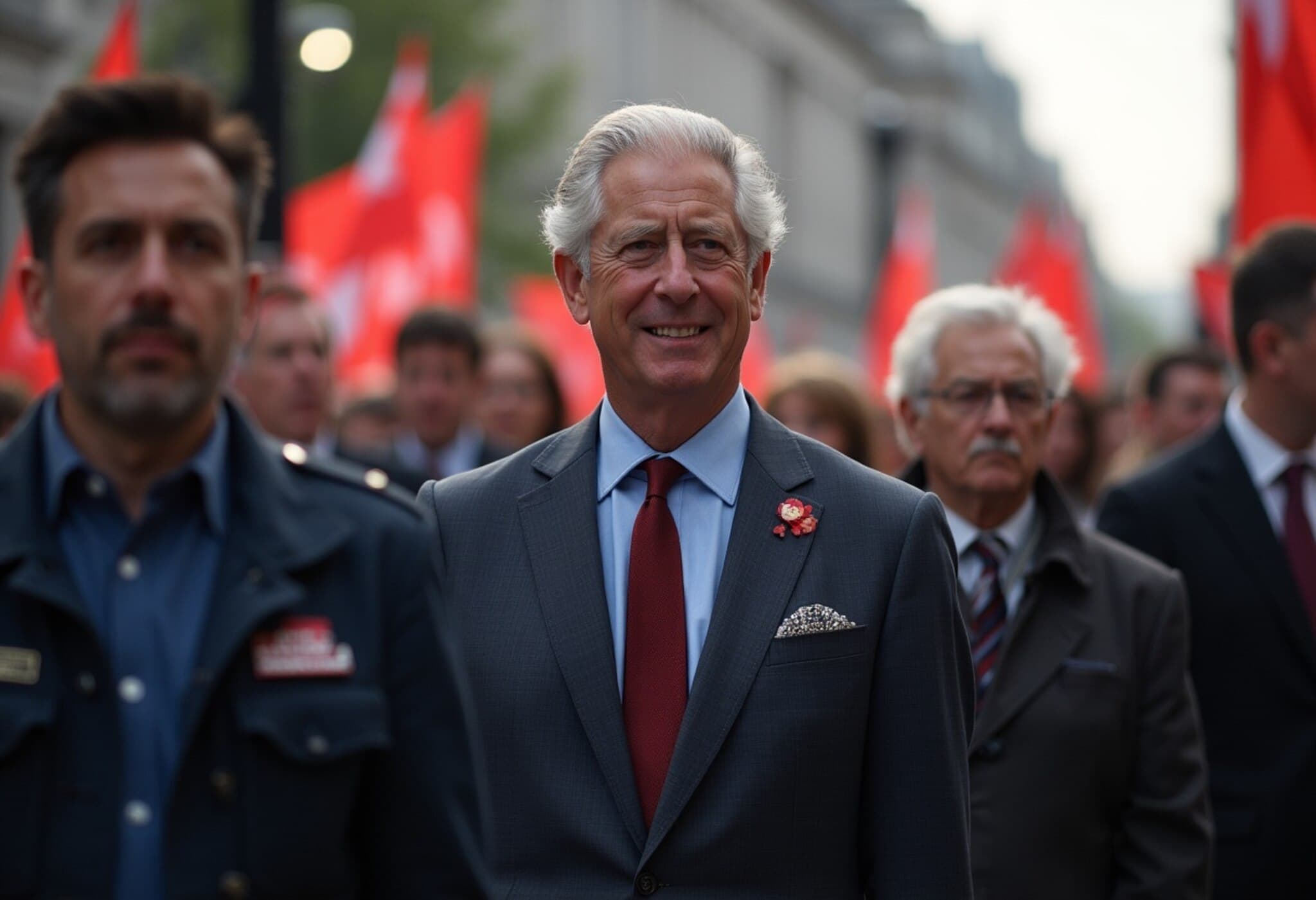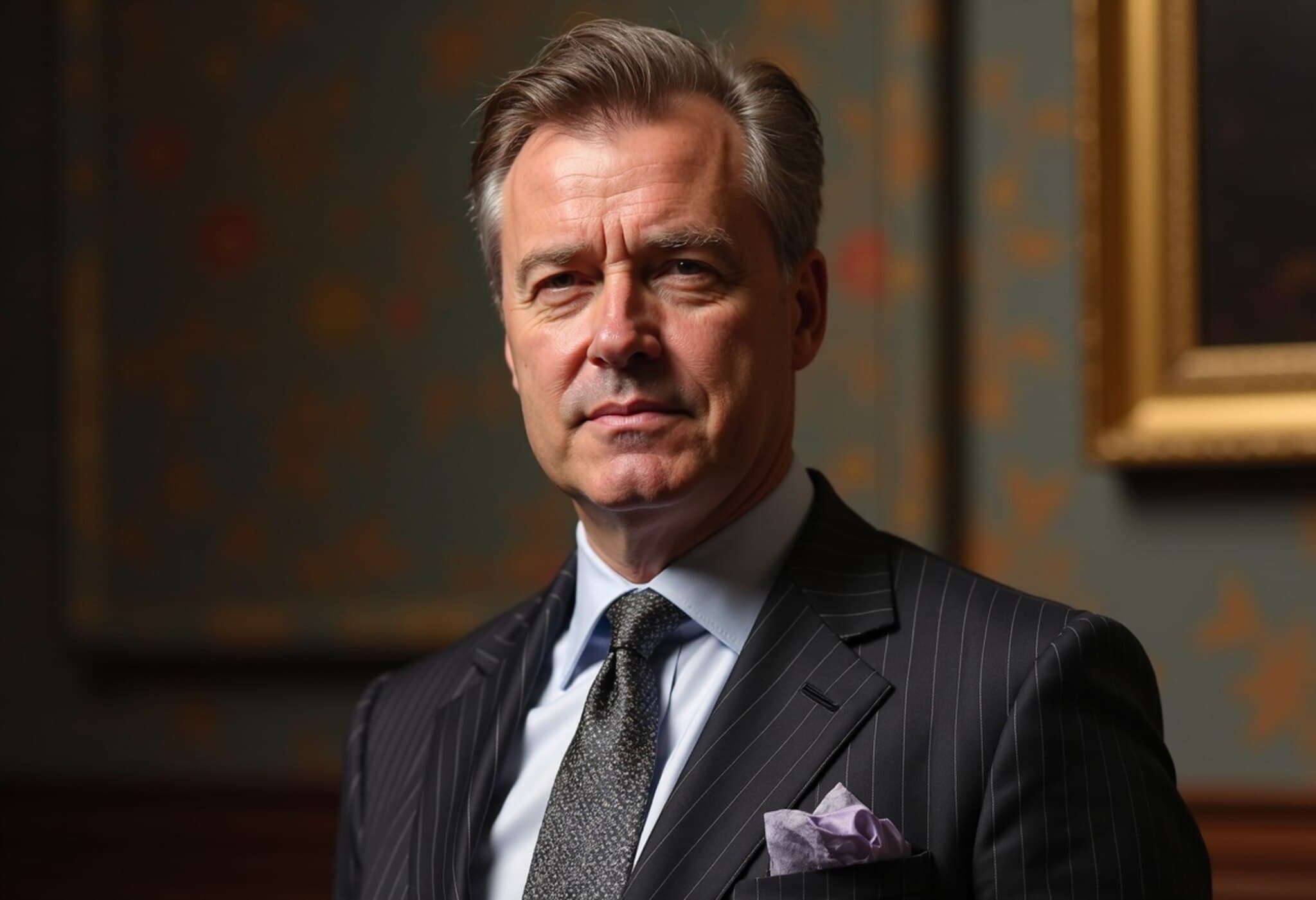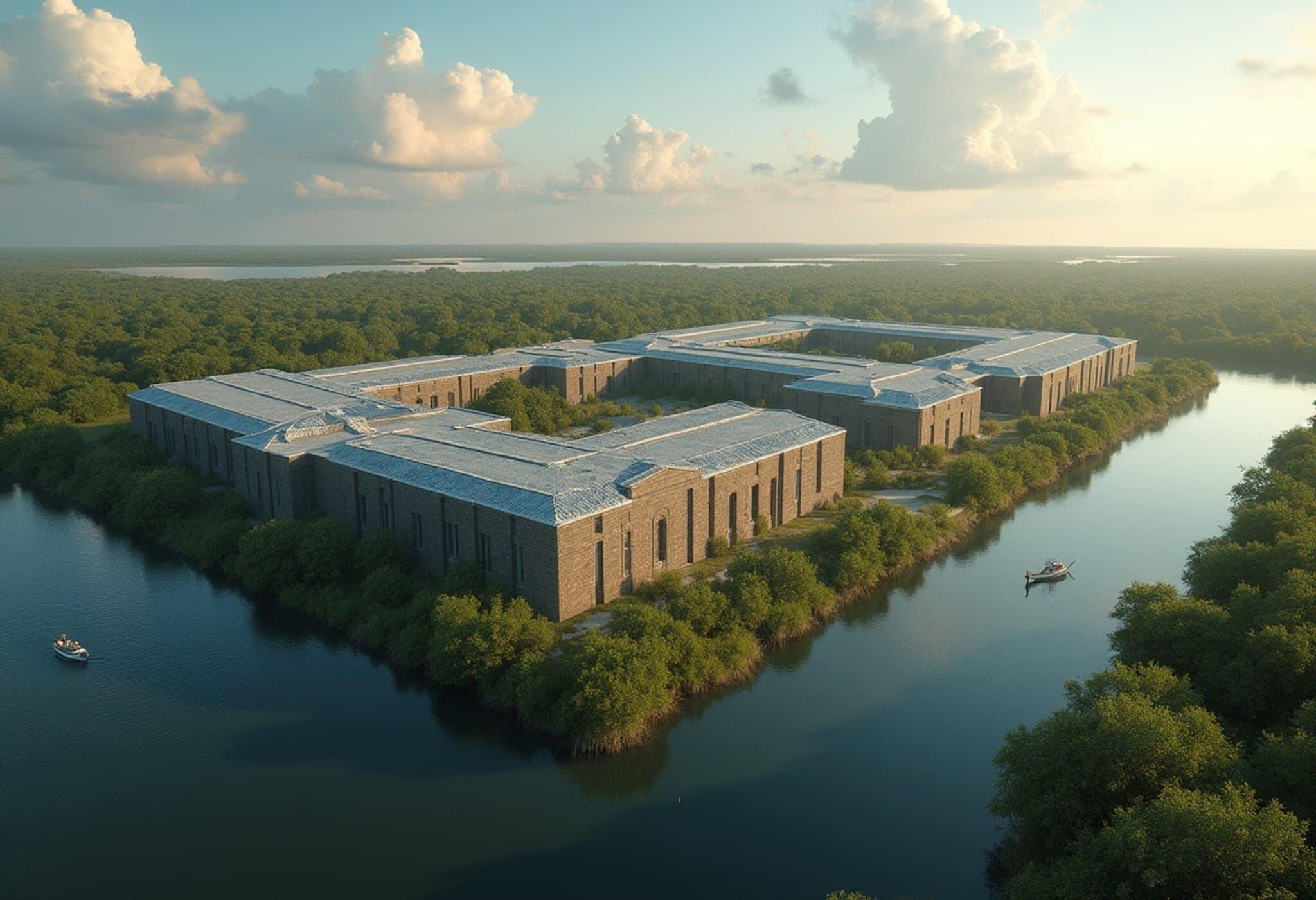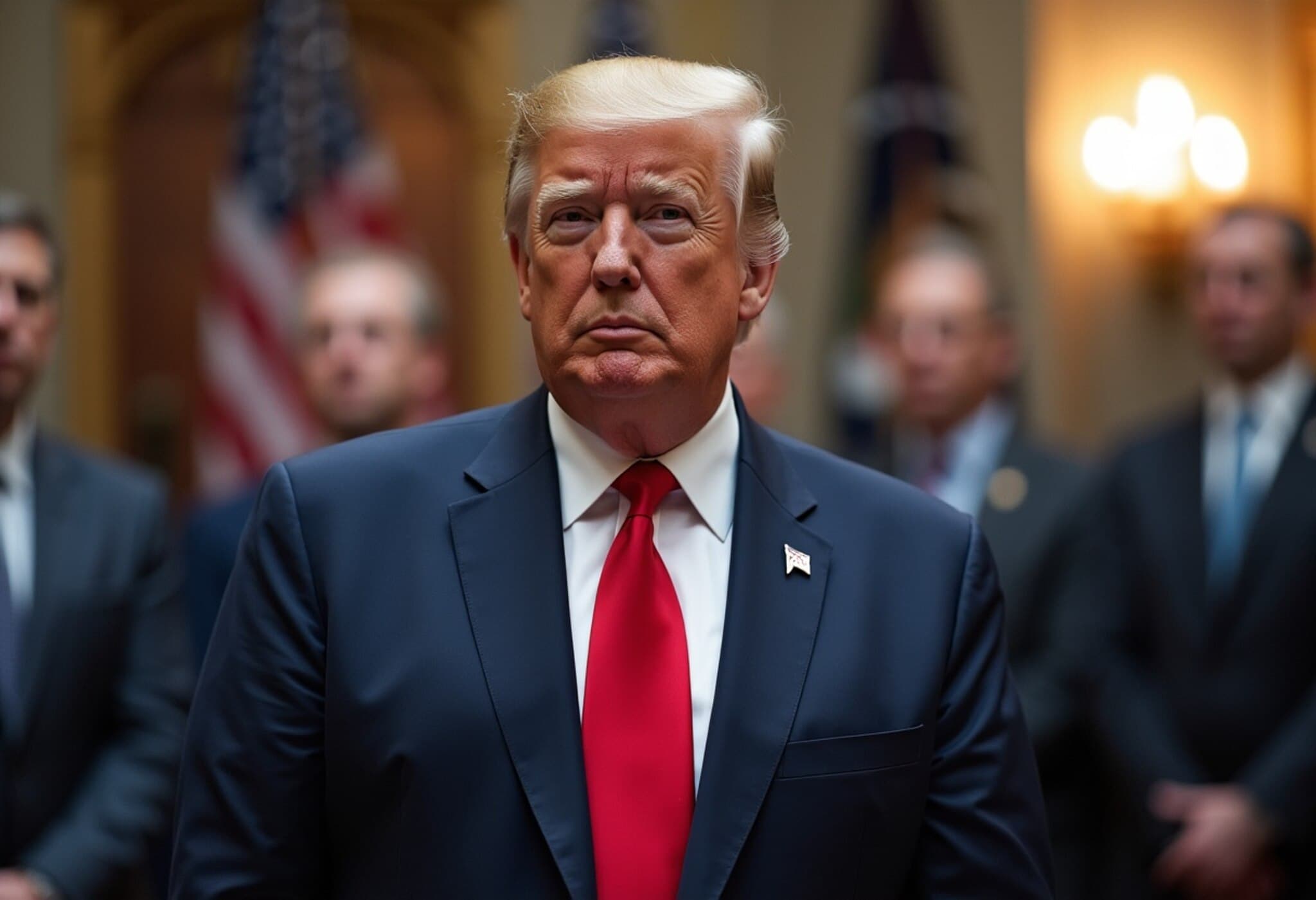A Historic End: Royal Train Set for Retirement
In a landmark decision marking a new chapter for the British monarchy, King Charles III has announced the retirement of the royal train, an iconic mode of transport that has served the royal family since the 19th century. This move is part of the monarch's wider strategy to modernize the royal household, reduce expenses, and increase operational efficiency.
The royal train has long been a symbol of regal tradition, transporting members of the royal family in luxury and privacy across the United Kingdom. However, the current rolling stock, dating from the 1980s, requires costly modernization to meet contemporary rail standards and environmental goals. These costs, along with advances in alternative transportation, have influenced the decision to retire this cherished carriage fleet.
Transition to More Sustainable and Cost-Effective Transport
King Charles's team has highlighted two new fuel-efficient helicopters as suitable, more flexible replacements that align better with the monarchy’s evolving needs and environmental commitments. The preference for helicopters reflects the King’s ongoing dedication to sustainability and fiscal discipline within royal operations.
James Chalmers, Keeper of the Privy Purse, noted, "The royal train has been part of national life for many decades, cherished by all involved. Yet, as we look to the future, we must not be bound by tradition but choose discipline and forward-thinking allocation of funding." Efforts are underway to find a permanent home to preserve the historic train's components for public display and heritage purposes.
Financial Overview Highlights Increased Funding Amid Cost Controls
The latest annual royal accounts reveal that the Sovereign Grant, which supports official royal duties, will remain steady at £86.3 million for the fourth year in a row. An increase to £132 million is set between 2025 and 2027 to cover ongoing refurbishment projects, including the significant Buckingham Palace restoration expected to cost around £369 million over ten years.
Royal travel costs rose slightly by £500,000 to £4.7 million, while payroll expenses climbed to just under £30 million. Notably, the expenditure on state visits included a £401,000 public outlay for the King and Queen’s recent trip to Samoa.
Supporting Sustainability and Community
In a nod to environmental awareness, the royal household is transitioning its fleet toward biofuel-powered vehicles, with plans to incorporate electric cars. Likewise, the Duchy of Cornwall, which generates about £23 million annually, has committed to waiving or reducing rents for grassroots organizations, wildlife trusts, and local charities, reflecting a socially conscious approach to land management and community support.
The Legacy of the Royal Train
Since Queen Victoria's first royal railway carriage in the 1840s, the royal train has embodied decades of history and served as a mobile palace for generations. It offered quiet comfort and the ability to conduct royal business discreetly while traveling.
Queen Elizabeth II, in particular, was fond of the train, using it frequently for tours and official engagements. The luxurious nine-carriage setup included private sleeping quarters, dining facilities, and office spaces. Despite its charm and heritage, under King Charles, the train's use has diminished significantly, with sustainability and cost-efficiency now prioritized.
Looking Ahead: A Modern Monarchy Embracing Change
This transition reflects a monarchy that respects its rich traditions while adapting to 21st-century expectations. The decision to retire the royal train underscores King Charles's commitment to fiscal responsibility, sustainability, and creating a monarchy more in line with contemporary public values.
As the palace continues to invest in infrastructure improvements and explore innovative ways to serve the public and Commonwealth, the retirement of the royal train marks both the end of an era and the beginning of a forward-looking chapter for Britain’s royal family.

